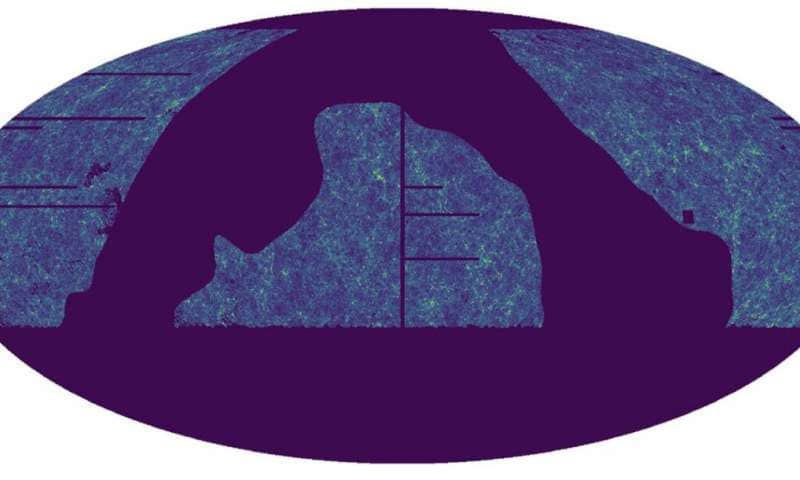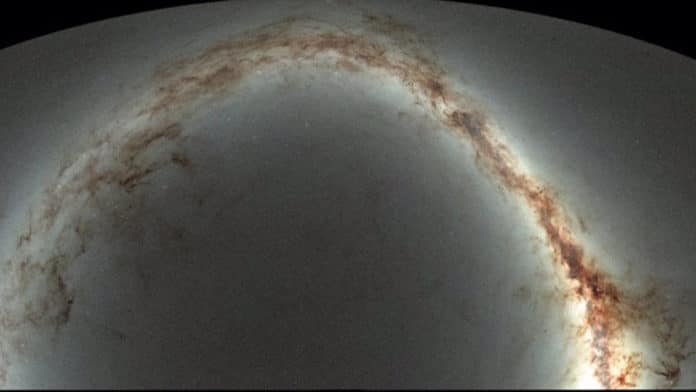Previously, the universe’s largest map was created by the Sloan Digital Sky Survey (SDSS), which covers only one-third of the sky. In a new study, astronomers used data from UH’s Panoramic Survey Telescope and Rapid Response System or Pan-STARRS1 (PS1) on Haleakalā to produce the world’s largest three-dimensional astronomical imaging catalog of stars. It is approximately 300 GB in size.
A team of astronomers at the University of Hawaiʻi at Mānoa Institute for Astronomy (IfA) applied novel computational tools to the catalog to decipher which of the 3 billion objects are stars, galaxies, or quasars. The resulting 3-D catalog is now available as a high-level science product through the Mikulski Archive for Space Telescopes. Science users can query the catalog through the MAST CasJobs SQL interface or download the entire collection as a computer-readable table.
The PS1 3π survey is the world’s largest in-depth multi-color optical survey, spanning three-quarters of the sky.
Astronomers used publicly available spectroscopic measurements and fed them to an artificial intelligence algorithm. The measurements provide them definitive object classifications and distances. The algorithm helps them determine the same properties from various measures of the objects’ colors and sizes.

Lead study author Robert Beck, a former cosmology postdoctoral fellow at IfA, said, “Utilizing a state-of-the-art optimization algorithm, we leveraged the spectroscopic training set of almost 4 million light sources to teach the neural network to predict source types and galaxy distances, while at the same time correcting for light extinction by dust in the Milky Way.”
“This AI or Machine Learning approach with a “feedforward neural network” achieved an overall classification accuracy of 98.1% for galaxies, 97.8% for stars, and 96.6% for quasars. Galaxy distance estimates are accurate to almost 3%.”
IfA astronomer and co-author of the study, István Szapudi, noted that “already, a preliminary version of this catalog, covering a much smaller area, facilitated the discovery of the largest void in the universe, the possible cause of the Cold Spot. The new, more accurate, and larger photometric redshift catalog will be the starting point for many future discoveries.”
Pan-STARRS Director and IfA Associate Astronomer, Ken Chambers, said, “This beautiful map of the universe provides one example of how the power of the Pan-STARRS big data set can be multiplied with artificial intelligence techniques and complementary observations. As Pan-STARRS collects more and more data, we will use machine learning to extract even more information about near-Earth objects, our solar system, our galaxy, and our universe.”
Journal Reference:
- Szapudi et al., Pan-STARRS1 Source Types and Redshifts with Machine Learning (PS1-STRM). (, 2020). DOI: 10.17909/t9-rnk7-gr88
